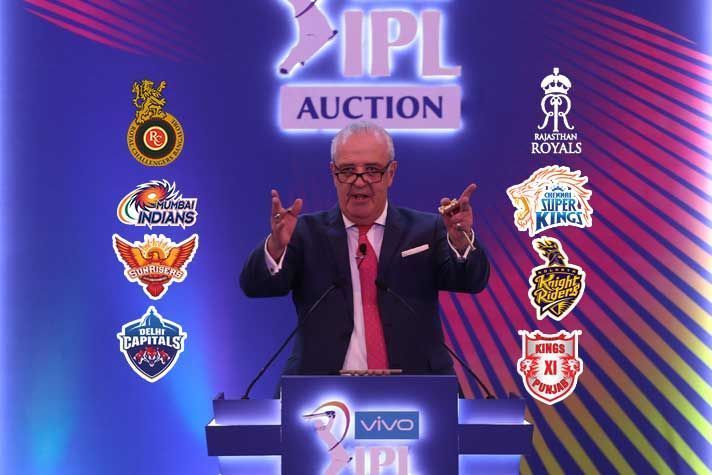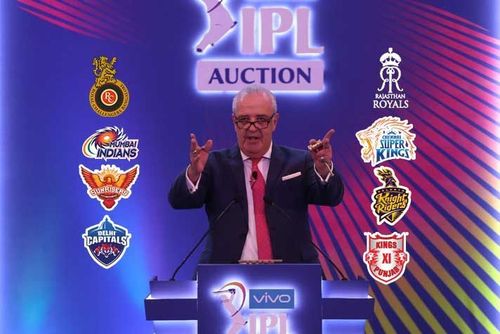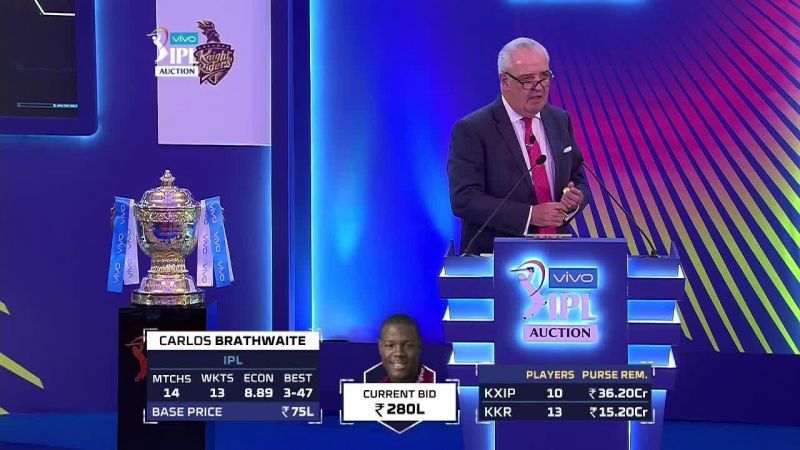
What is the ‘Right to Match’ card in IPL?

'Right to Match' cards or simply RTM cards give franchises an option to ‘price-match’ players at an IPL auction, provided that particular cricketer has been released by the side after having represented it in the previous IPL season.
For example, in the 2018 IPL auction, the Mumbai Indians won the bidding war for Robin Uthappa, with a bid of INR 6.4 crores. However, the Kolkata Knight Riders used their 'Right to Match' card to retain Uthappa for the same amount. This was possible because Uthappa had represented KKR in the previous edition of the IPL.
There is no limit on the price that can be matched, meaning a player can be signed at whatever price he is sold to a franchise apart from the one exercising the RTM card. This power, though, can only be exercised once the hammer goes down to decide the final price of the player.
However, there is a cap on the number of RTM cards each franchise can avail of. The number of retained players and ‘price-matched’ players by a franchise cannot exceed 5 at a single IPL auction. For instance, if a side has 3 retained players going into the auction, the owners can exercise only 2 RTM cards.
Additionally, those 5 players have to be in a combination of at the most 3 capped Indian players, 2 uncapped Indian players, and 2 overseas players. In essence, the kind of players a franchise can sign using RTM cards depends on the players it has retained.
For example, if a side has retained 3 capped Indian players, it can use the RTM cards for a maximum of 2 uncapped Indian players or 2 overseas players given the combination restrictions, or can even pick one of each category.
Right to match cards lead to mind games at IPL auctions

Though RTM cards give a sense of security to franchises, they also give an unfair edge to others, who can use them to increase a player's bidding price just to raise the expenditure of the franchise which is desperate to sign him.
On the flip side, if the franchise with the RTM cards chooses not to exercise them on the players everyone thought it would, it can lead to some other team being left with a player it doesn’t want – at a much higher price.